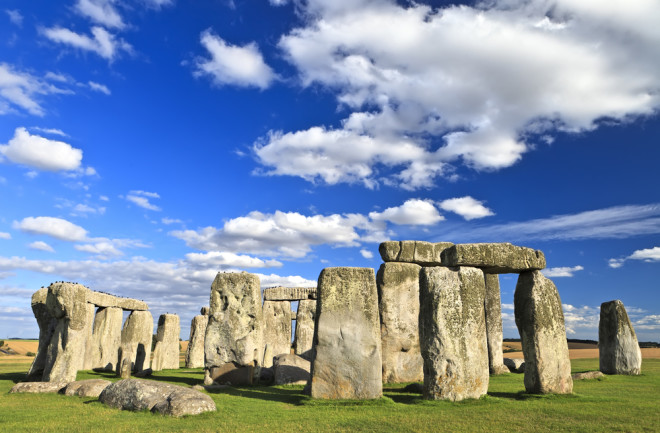Stonehenge was constructed more than 4,600 years ago, but its mysterious aura continues to fascinate scientists and Druids alike. Now, new research finds that the story of this ancient site is far deeper than we thought — literally.
Lasers Reveal Underground Secrets of Stonehenge
New research finds that the story of this ancient site is far deeper than we thought — literally.

Stonehenge. (Credit: Fulcanelli/Shutterstock)
Newsletter
Sign up for our email newsletter for the latest science news
0 free articles left
Want More? Get unlimited access for as low as $1.99/month
Stay Curious
Sign up for our weekly newsletter and unlock one more article for free.
View our Privacy Policy
Want more?
Keep reading for as low as $1.99!
Already a subscriber?
Find my Subscription
More From Discover
Stay Curious
Subscribe
To The Magazine
Save up to 40% off the cover price when you subscribe to Discover magazine.
Copyright © 2025 LabX Media Group
